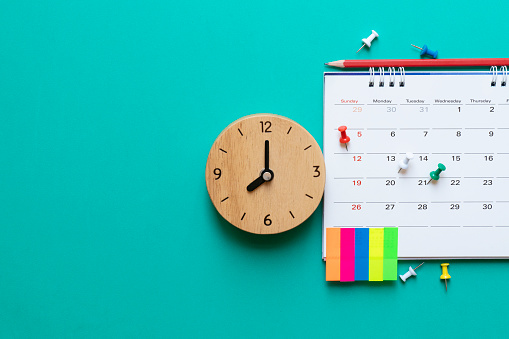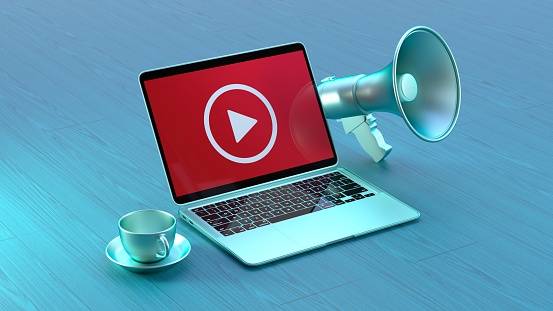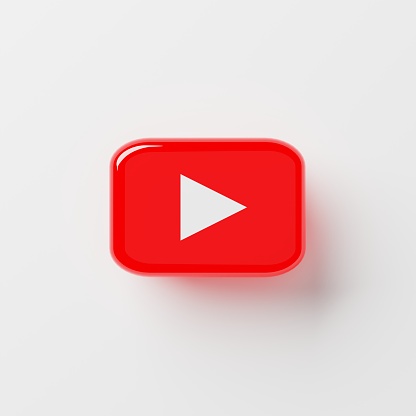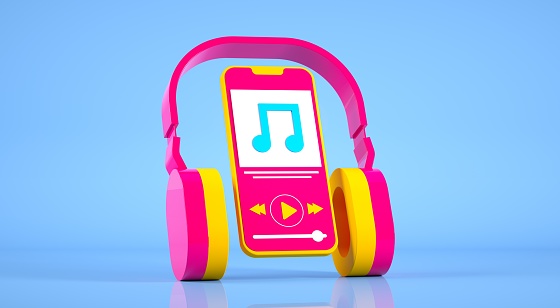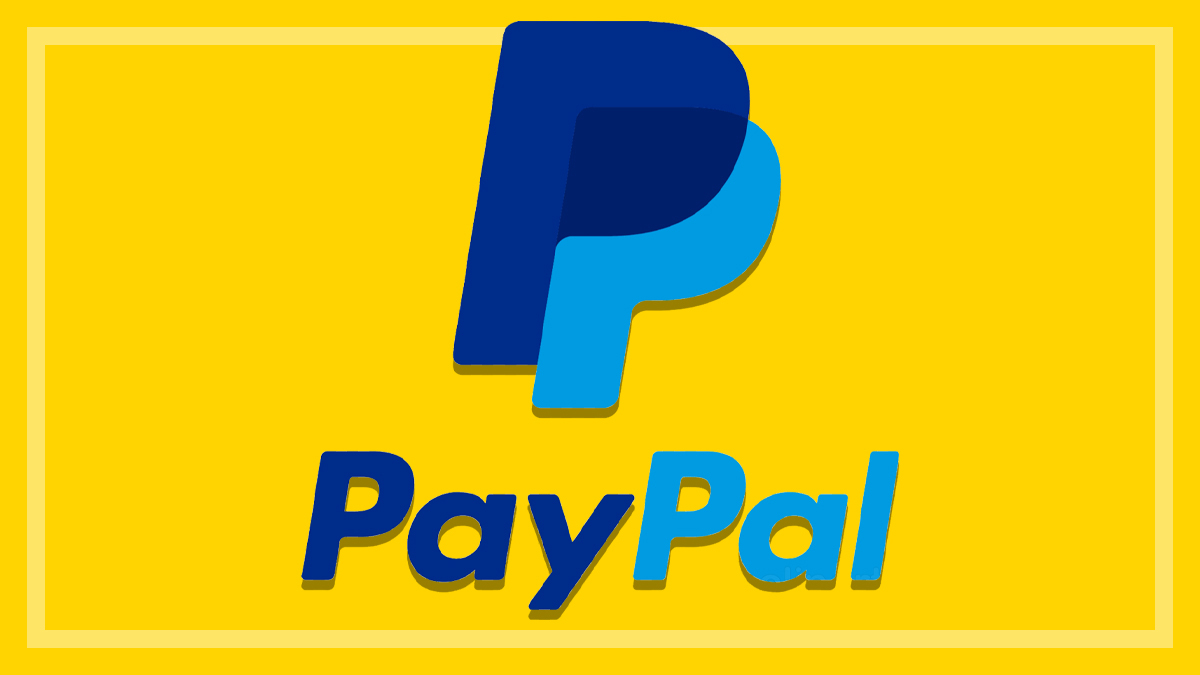The Incredible pages every creator’s Website should have
Your website serves as a landing page for your online audience. Think of it as a map guiding viewers to all the different places you have a presence on the internet. Rather than having to dig through video descriptions to find what they’re looking for, viewers can easily access all the information they need on your site.
These are the pages every creator’s website should include.
List separate contact info for fan mail and business inquiries.
If you only have one email address listed, then your inbox will be bogged down by messages from fans. Your fans’ messages are well-meaning, but managing them can be a challenge. While it’s always great to hear from your supporters, business inquiries might get buried, causing you to miss out on sponsorship opportunities.
Therefore, you should list separate contact information for fan mail and business inquires. Including a contact form on your contact page is a great way to direct fans away from your business email. You can label this box something like “get in touch with me” or “I’d love to hear from you!”.
Then, under a separate heading, list the information potential sponsors and event organizers can use to get in touch with you. Be sure to label that section “for business inquires only” or “if you’re a business looking to work with me.” If you have a manager or agent, list their email address as well.
Make your social media accounts easy to find.
With the sheer number of users every social media platform has, you might not have been able to get the same username on each one. This can make it challenging for viewers to find your accounts, especially if your usernames are only slightly different. While you probably list your social media handles in your video descriptions, you should include them on your website as well.
Your social media handles can either go on your contact page or on a page of their own. For every public social media account you have, include your username as well as a link to your profile. To make the links more visually appealing, use vector images to create hyperlinks. Then, when a visitor to your site clicks on an image, they’ll be taken to the coordinating profile.
Organize all your upcoming appearances into a calendar of events.
One of the most exciting parts of being a content creator is getting to interact with your audience in real life. You usually connect with them through a screen, but events like conventions and meet-ups enable you to finally connect with them face-to-face. Your viewers are probably constantly asking when and where your next event will be, so you should make them a calendar of events.
Create a page for your website and label it “Events.” Then, organize all of your upcoming appearances and meet-ups chronologically. Include times, dates, locations, and brief descriptions for each one. When applicable, include links to event websites and ticket sales as well.
Your events calendar doesn’t need to look like an actual calendar, but it should be easy to navigate. Use headers to divide your upcoming events by month, location, or type of event. If you’re going on tour, organize all of those dates into one section. Be sure to keep your calendar updated so fans don’t get confused or disappointed by dates that have already passed.
Highlight your merchandise in a prominent place.
Even if you don’t sell your merch directly from your personal website, you should advertise it in a prominent place. Include a banner on your homepage that will take viewers directly to your shop with a single click. Keep it updated with fresh pictures of your most recent merch launch.
You should also have a page for your merch. Include pictures, sizing information, pricing information, and purchase links. You can also use this page to highlight any products you’ve collaborated on with brands, such as a makeup line you’ve helped design. Additionally, you might highlight any sponsors that have given you a coupon code or affiliate link to share with your viewers.
Start a blog related to your content niche.
Writing occasional blog posts can help you grow your online audience. Your blog should focus on the same content as your channel. Every new post is an opportunity to raise your website’s place in the search rankings by including more keywords. Utilize the same keywords you use in your video titles and descriptions.
You can also use your blog to supplement your videos. For example, if you share one of your favorite recipes in a video, then you could write out the exact ingredient measurements and steps into a blog post. Rather than writing all of that information out in your video description, you can put a link to that blog post. Additionally, embed the video in your blog post.
Your website serves to centralize all links fans need to find you on the internet. Be sure to include pages for your contact information, events, merch, and blog.
Related Posts











